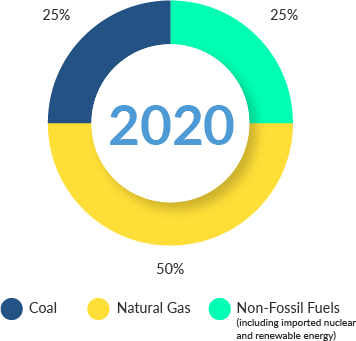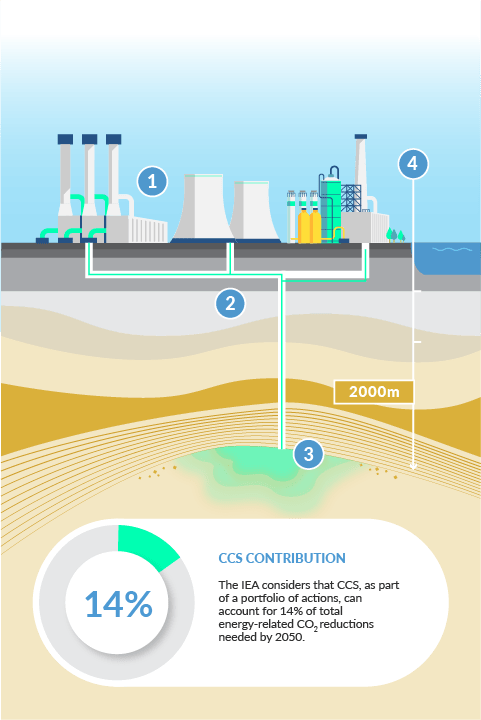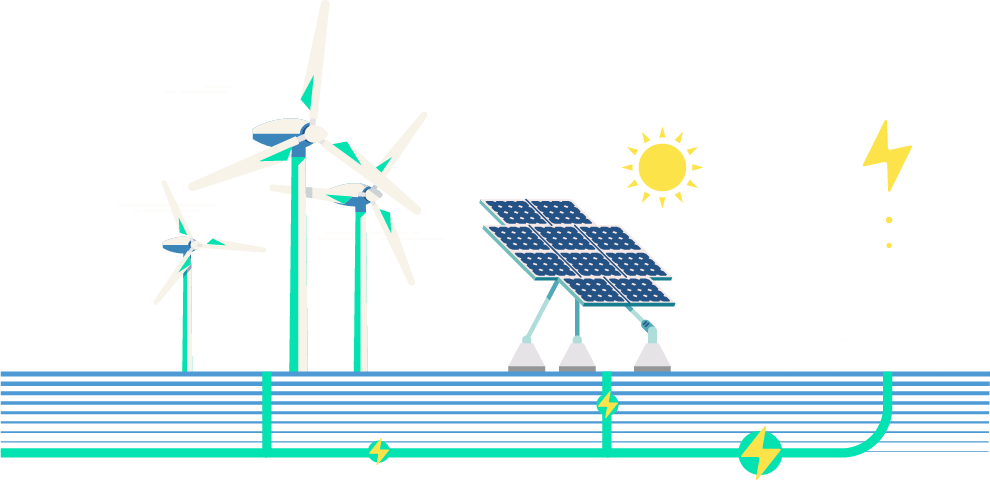Electricity generation in Hong Kong has been dominated by carbon intensive coal but in recent years both CLP and Hong Kong Electric , our local power companies, have gradually shifted to cleaner coal plants and natural gas, a relatively less polluting fossil fuel source.
We also import around 25% of our electricity from the Daya Bay nuclear energy plant, which is a near zero-emissions source.
The government estimates that clean renewable energy can contribute to 3-4% of our fuel mix but a study from Poly U projects that the share of renewables could reach 10%.


70% of carbon emissions can be eliminated by switching to Net-Zero emission sources of electricity, so Hong Kong needs to grasp this opportunity to create the “grid of the future”. Renewable energy needs to be heavily promoted and serious consideration given to substantially increasing electricity from nuclear energy, following safety and other research into the specific opportunities. Both these sources of electricity cannot, however, efficiently adjust supply to match demand.
Hong Kong therefore needs to:
Overall, supply side policies need to also be integrated with policies that:
While making these changes, we must meet the critical need for Hong Kong to have reliable electricity supply generated in a safe, secure, available and affordable manner.
Technology (not yet available) that captures carbon dioxide while burning fossil fuels for electricity generation, so that carbon is not emitted into the atmosphere
Carbon is compressed and transported to be stored in porous geological rock formations several kilometres below the Earth’s surface to prevent emissions from entering the atmosphere


Investigate the possibility of diversifying the energy mix to include more renewable energy, nuclear power, and whether carbon capture and storage can be localised once that technology is readily available. It also needs to provide a framework for the power supplier to be able to implement demand- management.
See Champions
Actively deploy localised renewable energy technology and consider importing electricity generated by renewables in the GBA
See Champions
Reduce electricity usage in daily life to lessen the burden on power generation.
See ChampionsTo champion and accelerate solutions to the climate crisis, we have highlighted local organisations and showcased how their works have contributed to making Hong Kong a cleaner and greener city.
See All ChampionsJust as walking on sand leaves a footprint, burning fuel for human activity leaves greenhouse gases in the air, creating a carbon footprint. Everything we have, use, and consume, from food to clothes to transportation, is intimately linked to Hong Kong’s overall emissions figure.
According to WWF, if everyone on Earth led the same lifestyle as we do in Hong Kong, 4.2 Earths would be required to fulfil our resource need.